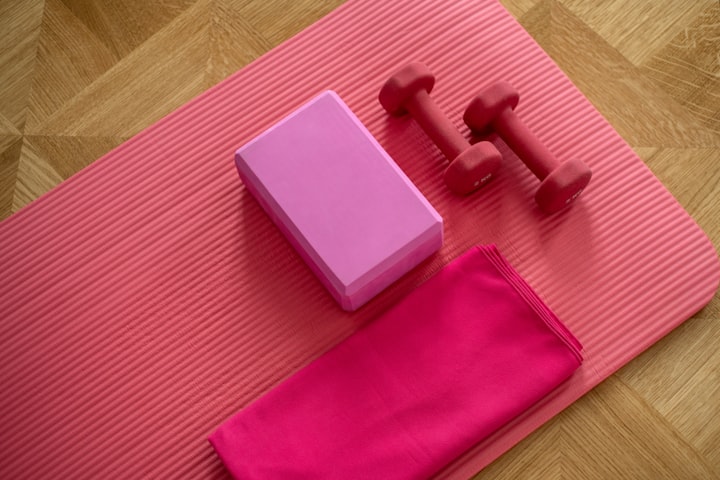The Five Best Exercises for Parkinson's Disease
A Plexus Blog

Parkinson’s Disease is a neurodegenerative condition that affects patients above the age of 60. Muscle rigidity, tremors, bradykinesia (slow movements), and trouble speaking are all common symptoms of the condition, leaving both patients and care-givers at a loss on where to seek help.
Several studies have demonstrated the benefits of exercise to those suffering from this condition –– having a positive impact on muscle rigidity, balance, coordination, and mental health. If you or someone you know has Parkinson’s, here’s a quick guide on navigating the disease.
Understanding Parkinson’s Disease
Parkinson’s Disease is one of the most common degenerative conditions in the world. It primarily damages the dopamine-producing neurons in a specific area of the brain called substantia nigra. Treatment for Parkinson’s includes stem cell therapy, regenerative rehabilitation therapy, and occupational therapy, all of which can help to manage symptoms efficiently.
The best exercises for Parkinson’s Disease
Exercise is an excellent way to slow the progression of Parkinson’s Disease. It helps protect the brain cells from damage and increases the patient’s ability to perform everyday activities on their own. It also fights fatigue, enables better sleep and keeps psychological symptoms like depression at bay. The sooner one starts an exercise regime in conjunction with the best Parkinson’s Disease treatment, the better the outcome is likely to be. Here are the top five exercises that are seen to benefit patients:
Physical therapy exercises
These are targeted exercises that focus on particular areas of concern. They improve flexibility and range of motion in the particular body part and also enhance overall strength and coordination. An example of physical therapy exercise is the single leg stand, where the person places their weight on their dominant leg, lifts the opposite foot, and holds that position for 20 seconds or longer. They can hold a chair or wall for support.
Yoga
Yoga is an excellent way to improve balance and coordination. It also enables relaxation and better breathing techniques, which helps in improving mental health. Yoga also helps relieve stress in the limbs and thus reduces muscle rigidity. Asanas such as the child’s pose and the warrior pose are excellent ways to stretch, exert the muscles, and relax.
Aerobic exercises
Aerobic activities that exercise the cardiovascular system (heart and lungs) effectively help slow the progress of this disease. Patients are advised to walk, run, swim, and practice no-contact box, or biking at least three times a week, for about 30-40 minutes per session.
Flexibility training
This involves stretching the major muscle groups and holding each stretch for about 30 to 60 seconds. Stretching at least twice a week can increase muscle length, which helps with tremors and rigidity, and improve posture and overall range of motion.
Strength training
This involves using weights or one’s own bodyweight to build muscle mass through controlled, repetitive movements. Strength training twice a week, starting with low weights and then building up, can help reduce muscle rigidity and improve functionality. Focusing on the muscles at the back of the body, in particular, can help with gait and balance.
How to exercise safely when you have Parkinson’s Disease
Before commencing any exercise regime, it is essential to consult your doctor and physiotherapist. They will guide you in choosing a form of exercise that is safe for you and provides maximum benefit. Keep the following tips in mind when you exercise.
- Start small and work your way up. For instance, with strength training, practise the moves with the lightest weights first.
- If you have trouble standing or balancing, use a sturdy hand-rail for support while you exercise.
- Add activity in small bits throughout your day. Take the stairs instead of the lift, swing your arms more when walking, and do stretches while you are watching television.
- Look for a gym near you that has facilities for those with balance problems, such as seated weight exercises.
- Always listen to your body and pause if you are experiencing any discomfort or pain.
- Avoid exercising in places where the lighting is inadequate or where the floor is slippery.
- Don’t be afraid to experiment. Try out different activities until you find the combination that works best for you.
Exercise is an important part of a healthy lifestyle for anyone, and patients with Parkinson’s Disease in particular experience an increased range of motion, improved balance, and better mental health with regular exercise. Consult your healthcare team and plan an exercise routine that fits in well with the best Parkinson’s Disease treatment. Over time, the physical and mental benefits will enrich your daily life.





Comments
There are no comments for this story
Be the first to respond and start the conversation.